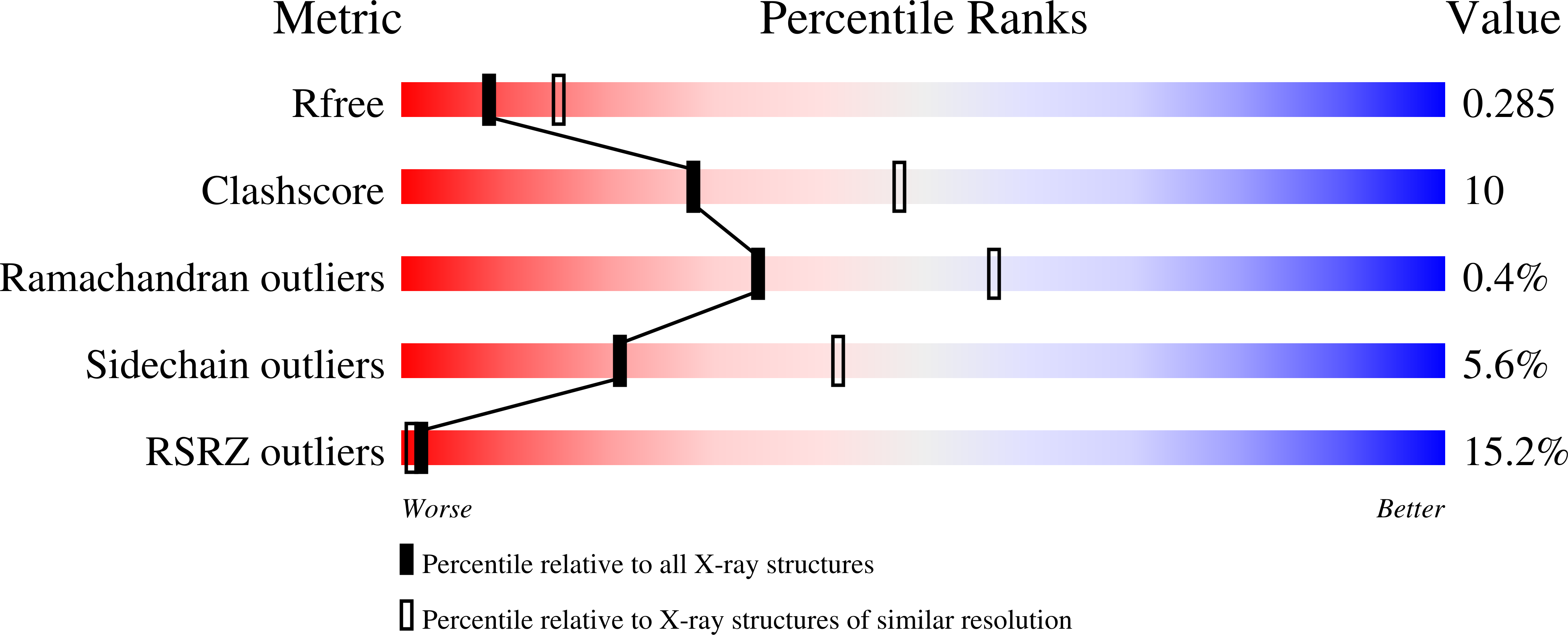
Deposition Date
2023-06-01
Release Date
2023-10-18
Last Version Date
2023-11-01
Entry Detail
Biological Source:
Source Organism:
Host Organism:
Method Details:
Experimental Method:
Resolution:
2.59 Å
R-Value Free:
0.28
R-Value Work:
0.22
R-Value Observed:
0.22
Space Group:
I 2 2 2


